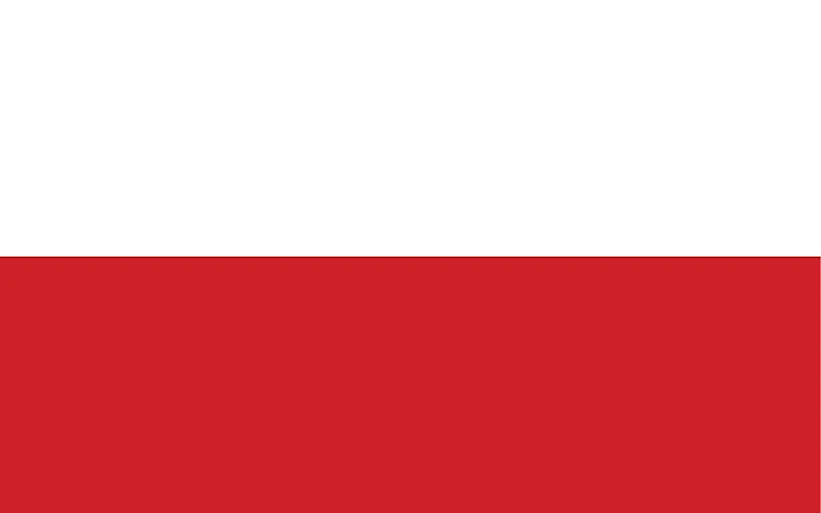
Poland
| Continent | Europe |
| Capital | Warsaw |
| Population | 38,523,261 |
| GDP | $1.05 Trillion |
| GDP per Capita | $27,700 |
| Dialing Code | +48 |
| ISO Code (2-letter) | PL |
| ISO Code (3-letter) | POL |
Poland Landscapes






About Poland
Welcome to Poland, a nation where history meets modernity. With approximately 38 million people occupying 312,696 square kilometers, Poland combines remarkable resilience with cultural richness, standing as one of Central Europe’s most dynamic nations.
Geographic Features and Natural Beauty
Poland’s geography encompasses diverse landscapes, from the Baltic Sea coast in the north to the Tatra Mountains in the south. The country features vast plains, numerous lakes, and ancient forests.
The landscape includes the Białowieża Forest, Europe’s last primeval forest, the Masurian Lake District, and the dramatic Tatra Mountains. The country’s varied topography supports diverse ecosystems and wildlife.
Protected areas include 23 national parks and numerous nature reserves protecting unique species and landscapes. The country’s commitment to environmental protection focuses on preserving its natural heritage while managing industrial development.
Cultural Heritage and Traditions
Polish culture represents a rich tapestry of Slavic traditions influenced by Western European values. The country’s heritage includes distinctive architecture, from medieval castles to Gothic churches and Renaissance town halls.
Traditional arts include amber crafting, folk painting, and distinctive music. Cultural practices feature traditional festivals, while Polish literature and cinema have gained international recognition.
Polish cuisine features hearty dishes like pierogi, bigos, and żurek, reflecting the country’s agricultural heritage. The tradition of hospitality and family gatherings remains central to social life.
Historical Journey
Poland’s history spans from medieval kingdom through partition periods to modern resilience. The country’s strategic location has influenced its development throughout history.
Significant periods include the Polish-Lithuanian Commonwealth, the partitions, World War II devastation, communist era, and the Solidarity movement leading to democratic transformation. The country’s journey through adversity has shaped its national character.
Modern Economic Landscape
Today’s Polish economy is the largest in Central Europe, combining industry, services, and agriculture. The country has experienced remarkable growth since its transition to a market economy.
Recent initiatives focus on innovation, digital transformation, and sustainable development. Poland’s educated workforce and strategic location support its position as a regional economic leader.
International Relations and Global Position
Poland maintains active participation in the European Union and NATO while fostering regional cooperation. The country’s strategic position and economic strength extend its influence in European affairs.
Did You Know?
• Poland is home to the world’s largest castle by land area, Malbork Castle?
• Marie Curie, born Maria Skłodowska in Warsaw, remains the only person to win Nobel Prizes in multiple sciences?
• The Wieliczka Salt Mine features chapels, statues, and chandeliers carved from salt?
• Poland has the world’s largest outdoor music festival dedicated to Chopin’s music?
Conclusion
Poland represents a unique combination of historical legacy and modern dynamism. From its medieval cities to its innovative industries, from its cultural traditions to its contemporary achievements, Poland continues to evolve while preserving its distinctive character. As it addresses challenges including sustainable development and demographic change, Poland remains committed to its role as a key player in European integration while maintaining its rich cultural heritage.